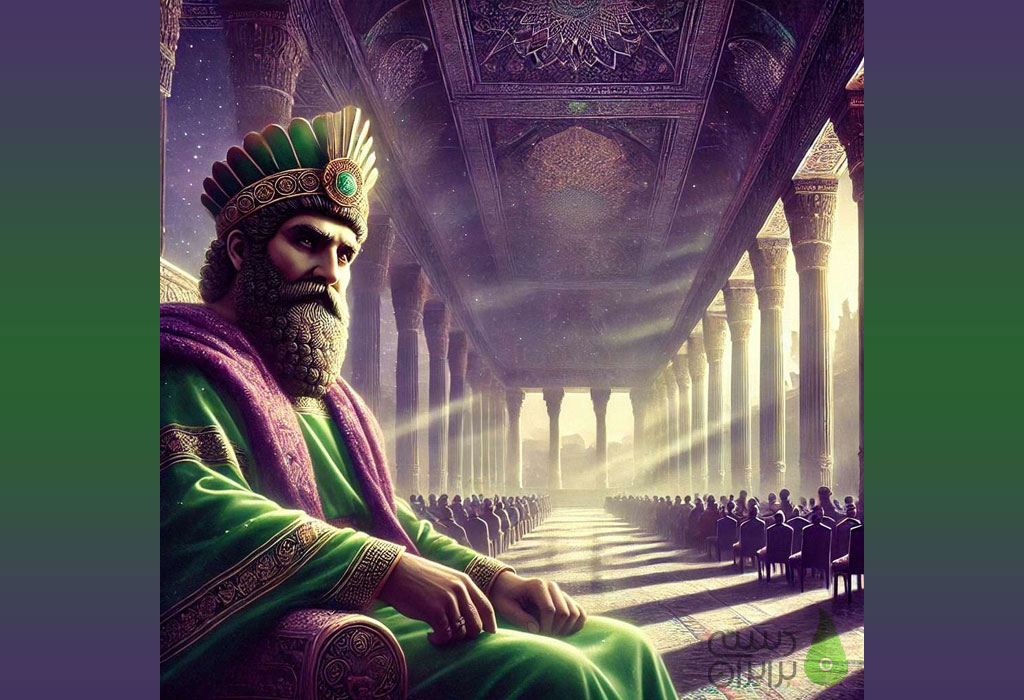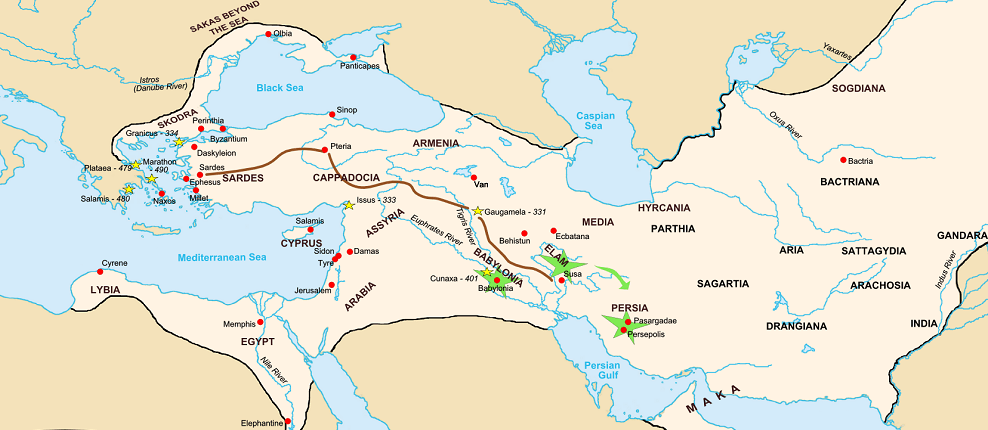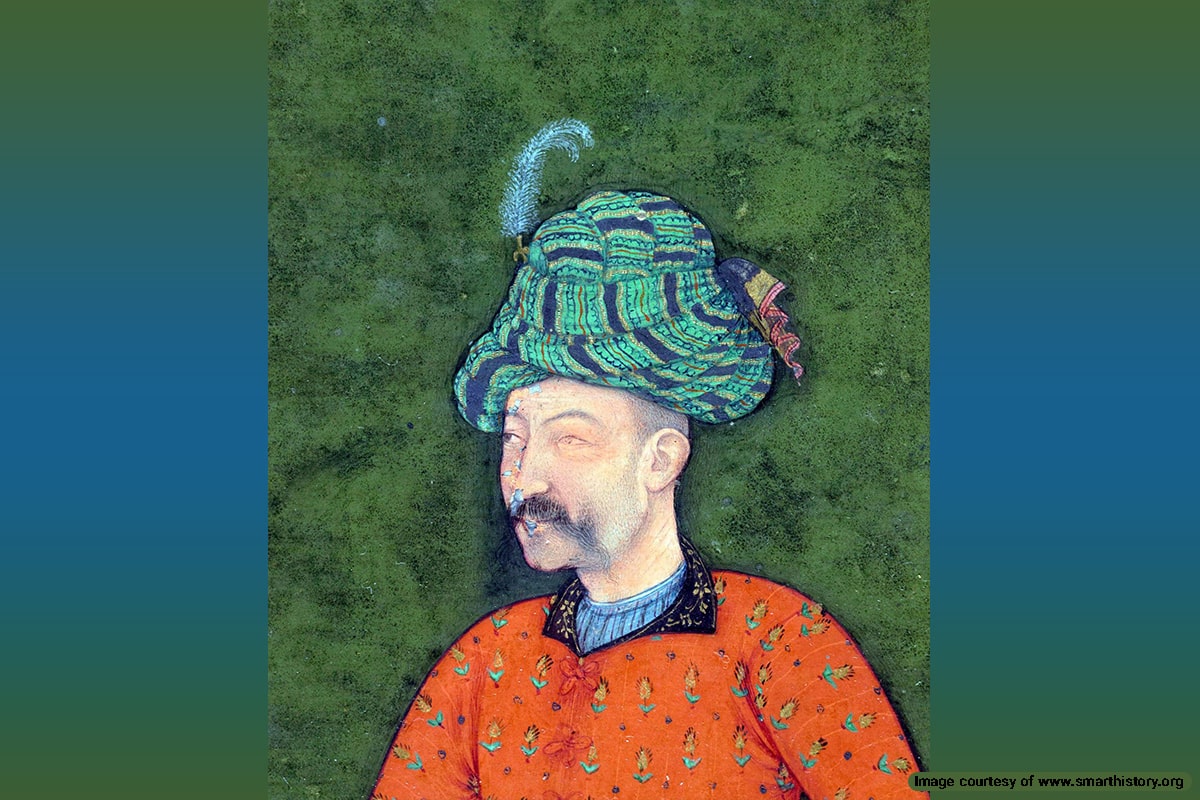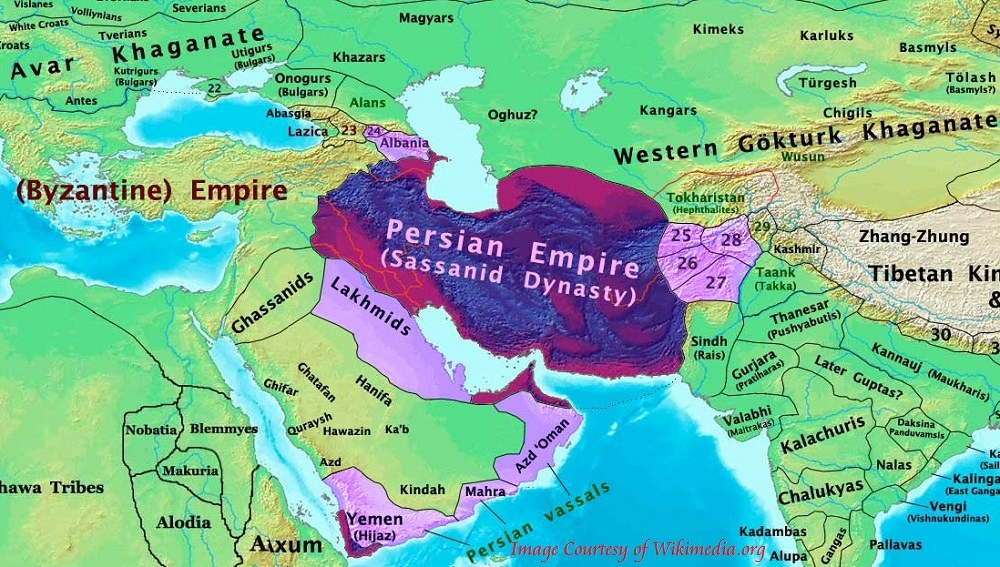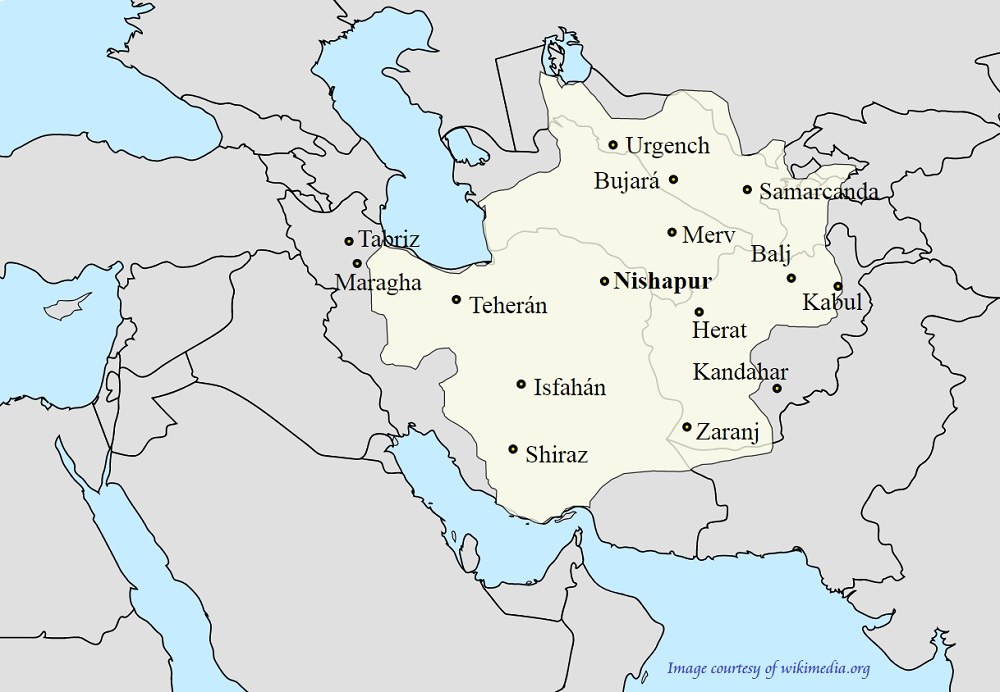
The Tahirid dynasty significantly shaped the political landscape of post-Islam Iran, which was dominated by the Abbasid caliphate. Their era marked the emergence of Iranian nationalism as they navigated the region’s challenging dynamics of governance and identity.
Who Were the Tahirids?
Tahirids were a Persian dynasty established by the Abbasid caliphate as governors of Khorasan. From 821 to 893, this Sunni Muslim dynasty, which originated from the Dehqan (land-owner magnates), ruled over Khorasan and supported the Abbasid Calif al-Ma’mun.
While some consider them the first independent Iranian dynasty after the Arab invasion, they were loyal to the Arab Caliphate to a fault. As a main gesture of their support, they sent the majority of taxation profits to Baghdad.
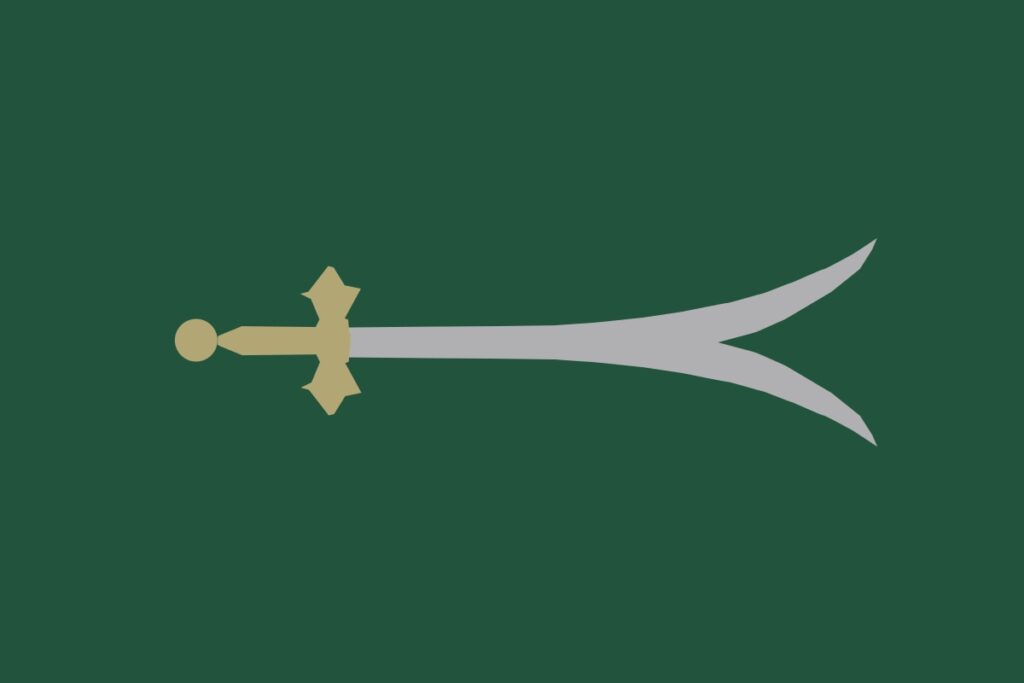
Tahirids’ Rise to Power
Following the suppression of Iranian nationalistic movements, the Abbasid caliphs appointed rulers to maintain control. The history of Tahirids begins with Tahir, an Iranian general trusted by Caliph Mamun, who conflicted with his brother, Amin. After a decisive military campaign where Tahir seized Baghdad and executed Amin, Mamun appointed him the governor of Khorasan.
Timeline of the Tahirid Dynasty
The history of Tahirids dynasty, though brief, marked the return of Iranian provincial rule after centuries of Arab dominance.
| Year | Event |
|---|---|
| 821 CE | Tahir ibn Husayn is appointed governor of Khorasan. |
| 822 CE | Tahir consolidates control over Khorasan, implements administrative reforms, and declares de facto independence by omitting the caliph’s name from Friday prayers. |
| 822 CE | Tahir dies under suspicious circumstances, possibly poisoned by Abbasid agents. |
| 828–845 CE | Abdullah ibn Tahir rules Khorasan, stabilizes the region, and suppresses revolts (e.g., Kharijites, Alids). |
| 850 CE | Death of Abdullah ibn Tahir; internal strife weakens the dynasty. |
| 873 CE | The Saffarids, led by Yaqub al-Layth, capture Nishapur, ending the history of Tahirids. |
Tahirid Dynasty Government and Administration
Tahir’s administration was marked by progressive policies to improve farmers’ welfare and ensure equitable resource distribution. He implemented favorable laws regarding the management of Kariz (underground aqueducts), significantly boosting agricultural productivity.
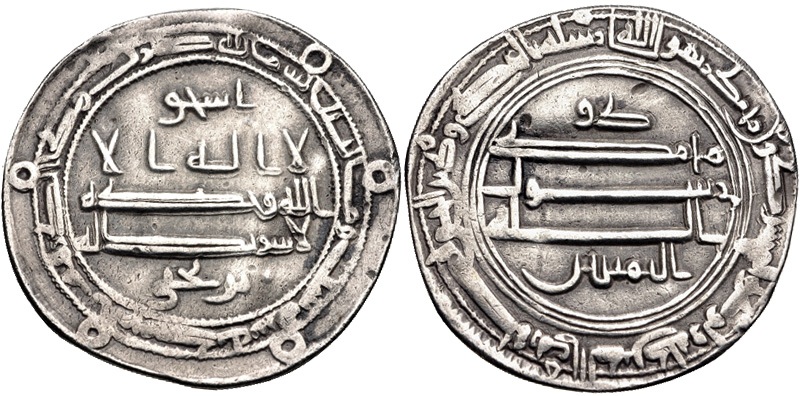
Key Administrative Policies:
- Educational Reforms: Established schools and promoted literacy, fostering a literate bureaucracy.
- Land and Taxation Reforms: Implemented equitable land distribution and fair taxation systems.
- Water Management: Improved the maintenance of qanats (underground aqueducts), boosting agricultural productivity.
Tahirid Sultanate Cultural Impact
The Tahirid era saw flourishing literary and artistic contributions, with Tahir himself showing appreciation for literature and music. This cultural renaissance fostered a sense of Iranian identity, helping to solidify the people’s loyalty in Khorasan amid rising anti-Arab sentiments.
Contributions to Culture and Literature
- Promoted Persian as a literary language alongside Arabic.
- Supported poets, musicians, and scholars.
- Established educational institutions, laying the groundwork for the Samanid cultural revival.
Despite their early successes, the Tahirids faced significant challenges that led to their decline.
Key Factors in Their Downfall
1.Abbasid Tensions: The Abbasids grew wary of Tahirid autonomy, leading to strained relations and reduced support.
2. Internal Strife: Weak leadership under later rulers, such as Muhammad ibn Tahir, eroded central authority.
3.Rise of the Saffarids: The Saffarid leader Yaqub al-Layth launched a powerful uprising in Sistan, challenging Tahirid control over Khorasan.
The Role of Yaghub Leith Saffarid
Yaqub al-Layth, a former blacksmith turned warlord, emerged as a formidable threat to the Tahirids. His military campaigns dismantled Tahirid authority, culminating in the capture of Nishapur in 873 CE.
Aftermath of The Fall of the Tahirids
Following their collapse, the Abbasids appointed new governors to restore control over Khorasan. However, the political landscape had shifted, paving the way for the rise of regional dynasties like the Saffarids and Samanids, which further challenged Abbasid authority.
Legacy of the Tahirids
During their rule in Iran, the Tahirid dynasty left a lasting impact on Iranian history:
- Iranian Autonomy: Their semi-independent rule set a precedent for future Iranian dynasties seeking greater autonomy from Baghdad.
- Administrative Model: Their governance system influenced later dynasties, such as the Samanids and Ghaznavids.
- Cultural Revival: Their patronage of Persian culture laid the foundation for the Persian literary Renaissance.
Explore Iranian History in the Post-Islam Era Iran
The Tahirid dynasty represents a crucial chapter in Iranian history, bridging the gap between Arab caliphate rule and the resurgence of Persian autonomy. Their administrative innovations, cultural patronage, and semi-independent governance set the stage for the rise of later Iranian dynasties. Despite their eventual decline, the Tahirids’ legacy endures as a testament to the resilience and adaptability of Iranian identity in the face of foreign domination.
Frequently Asked Questions about Tahirids
If you have any other questions about the Tahirid period, let us know in the comments. We will respond as soon as possible.
What is the meaning of Tahirids?
The term “Tahirids” derives from the Arabic word “Tahir,” meaning “pure” or “clean.” It reflects the dynasty’s noble lineage and their aspiration to project legitimacy and authority.
What was the significance of Tahir ibn al-Husayn?
Tahir ibn Husayn was the founder of the Tahirid dynasty. He played a pivotal role in the Abbasid civil war, captured Baghdad, and was appointed governor of Khorasan. His administrative reforms and military prowess laid the foundation for the dynasty’s brief but impactful rule.
What was the Tahirid dynasty in Yemen?
The Tahirid dynasty in Yemen (1454–1517 CE) is distinct from the Tahirids of Khorasan. The Yemeni Tahirids were a local dynasty with limited influence, ruling parts of southern Arabia.
What is the flag of the Tahirid empire?
The flag of the Tahirid dynasty is believed to have featured various Islamic symbols, but specific details about its design are scarce in historical records. It is often depicted with traditional Islamic colors and patterns common in the region.








